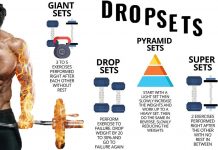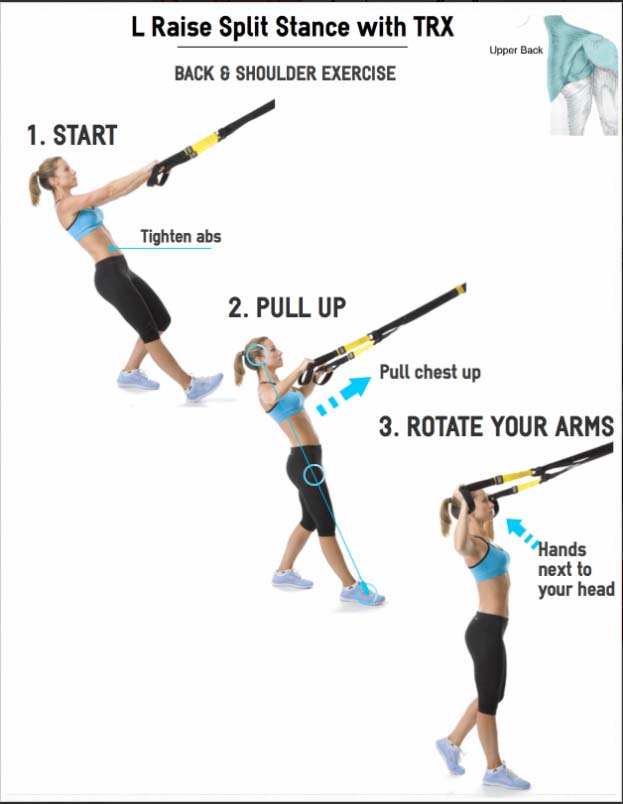🔥 How to Shrugs for Muscle Growth Traps
🚨 The shoulder belt visually looks unfinished, if the trapezius muscles are not sufficiently developed. In some athletes, even from a small load, the trapezoid grows in proportion to the shoulders and back muscles. ✅ For others, the picture is completely different – even heavy specialized training gives a very modest result. In this article we will figure out how to properly train this muscle group and which trapezoid exercises are the most effective.
[wp_ad_camp_2]

🚨 Anatomy of Trapezius Muscles
✅ The trapezium is located in the upper back and adjacent to the neck muscles. Visually, it can be divided into three parts:
[wp_ad_camp_1]
- Upper (adjacent to the neck, responsible for lifting the shoulders up).
- Average (between the blades, participates in the lifting of the blades).
- Lower (in the lower part of the blades, responsible for lowering the scapular bones in the lower phase of the movement).
🔥 EXERCISES FOR HUGE TRAPS
1. 🚨 Hang Clean and Hang Snatch
✅ How to do it: Starting from a tall standing position with the bar in your hands, hinge over at the hips until the barbell is just above your knees. Make sure to keep your hips set back and your back slightly arched. Next, extend your hips forward and shrug your shoulders forcefully, allowing the weight to ride up along your body. From here, catch the barbell on your shoulders for the clean or above your head for the snatch.
✅ Expert tip: “Although both the clean and snatch are great trap builders, the hang snatch places even greater strain on your traps since the load is caught in the overhead position,” Seedman says.
[wp_ad_camp_4]
✅ Prescription: Repeat for 3-5 sets of 2-5 reps. Be sure to use longer rest periods of 2-3 minutes since these moves require high power output and fast-twitch muscle fiber activation.

2. 🚨 Power Shrug
✅ How to do it: Begin with the same partial hinge position described for the hang cleans and hang snatches above: Assume a tall standing position with the bar in your hands, hinged at the hips so the barbell is just above your knees. From here, extend your hips forward, and flex your feet as if you were going to jump; then shrug your shoulders forcefully by really engaging your trap muscles.
[wp_ad_camp_5]
✅ Expert tip: The main difference between the hang versions of Olympic lifts and the power shrug is the bar stays below you waist and your arms never bend, Seedman explains.
✅ Prescription: 3-5 sets of 2-5 reps with 2-3 minutes rest between sets.

3. 🚨 Rack Pulls
[wp_ad_camp_3]
✅ How to do it: Set the barbell in a power rack at a height that’s just above your knees. While keeping your hips set back and your spine neutrally arched, grip the barbell tightly, and initiate the movement. Drive your hips forward and stand with the barbell. Hold this position for several seconds.
✅ Why it’s effective: Although the movement is produced through your hips, your upper back has to stay tense to support the heavy load. This combination of tension and stretch makes the rack pull a great exercise to stimulate muscle growth in your traps.
✅ Expert tip: “You want to actually feel the load pulling and creating micro trauma throughout the entire musculature of your upper back and traps,” Seedman says.
✅ Prescription: Perform several sets (3-4) of lower reps (2-6) with a heavier load, then finish with a higher rep set of 10-12 reps with a substantially lighter load. Take 3-5 minutes rest for heavier sets and 2 minutes rest for lighter sets.

















































